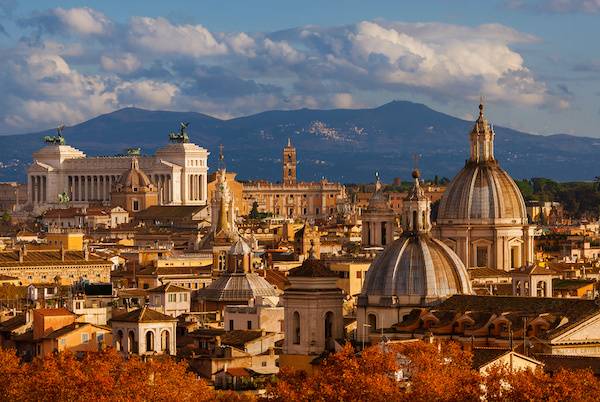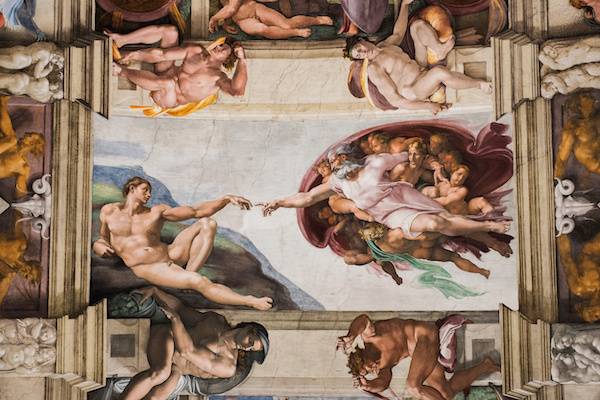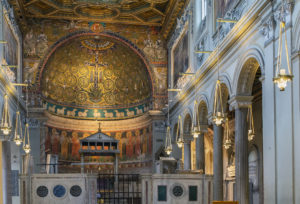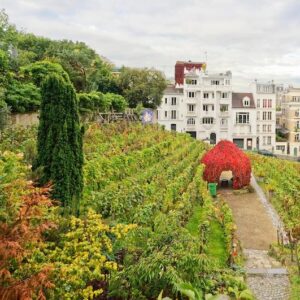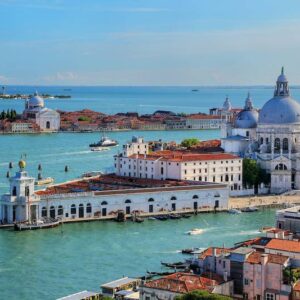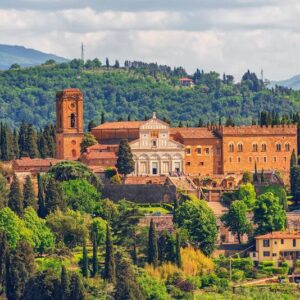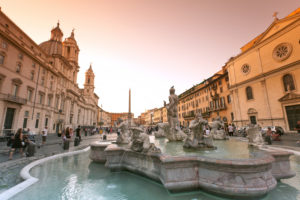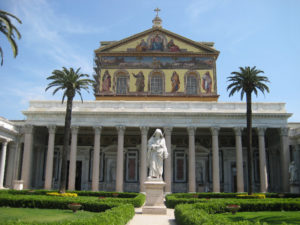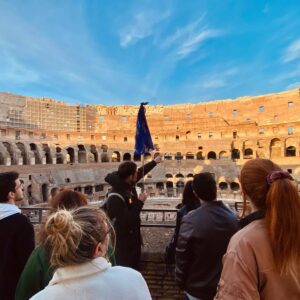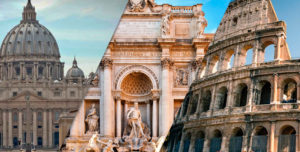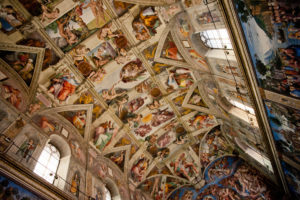Rome has always had to come to terms with its own largeness, for better or for worse. At first a simple village, it became in the course of 2 millennia the shining Capital of an Empire and then a symbol of its own decadence. The Middle Ages, in fact, took it back in time, emptying it of its magnificence: epidemics, power crises, barbarian invasions, all contributed in equal measure to transforming and rendering unrecognisable the city that had once been the Metropolis par excellence of antiquity.
The Patron Popes in Rome during the Renaissance
If you are interested in discovering the history of the Patron Popes during the Renaissance in Rome, you should definitely join us for a Tour of Christian Rome.
Centre of Christianity – becoming the host city of Peter’s successor benefited the Urbe in no small measure during the Renaissance: the 16th century was to all intents and purposes the era of greatest change and urban reorganisation after the splendours of the Empire, thanks mainly to patron Popes such as Sixtus IV, Leo X and Julius II. To them, in particular, we owe some of Bramante’s, Raphael’s or Michelangelo’s masterpieces. The Last Judgement (1535-1541) frescoing the Sistine Chapel – commissioned by Pope Sixtus IV della Rovere himself – is one of the most important examples of the social and cultural revival of a city that had become anonymous in the eyes of the world during the dark ages.
It was thus the splendour of the Vatican that animated the new centre of Rome, making St Peter’s the starting point of the capital’s new road network: Ponte Sant’Angelo, Via Giulia, Via dei Banchi Nuovi and Via dei Coronari together with the so-called Tridente became the basis of Rome’s modern urban topography in this period. Via dei Condotti – built by Paul III – was instead the basis for the development of the area around Trinità dei Monti and the reconstruction of the Campidoglio. While it was up to Sixtus V to connect the main nerve centres of the city and the great basilicas, among other things making the availability of roads far greater than the real needs of a population of around 100,000.
The urban scheme thus conceived did not change until the 18th century, although there were important interventions by Bernini or Maderno, who embellished Rome with large squares, finely decorated with colonnades, obelisks and fountains, such as the Barcaccia at the foot of Trinità dei Monti. Also from this period are the squares of the Baroque age, such as those of St. Peter and St. John Lateran, Colonna, Montecitorio and Piazza Navona, or those of St. Mary Major, Spagna or the Trevi Fountain, the latter recently restored.
Also in this period, the Rioni became 14 again: Borgo and Trastevere, which were separated by decision of Sixtus V.
A new urban development plan, however, would not be developed until 1873, when the engineer Viviani initiated the Umbertine and Benito Mussolini’s demolitions. Some districts were partly razed to the ground and new roads were opened.

